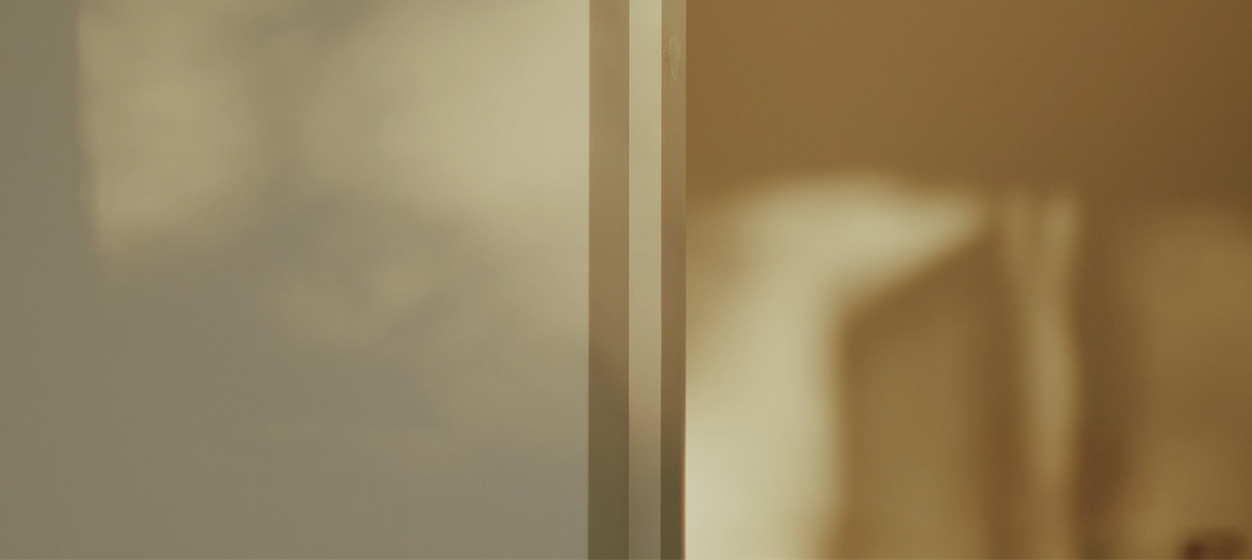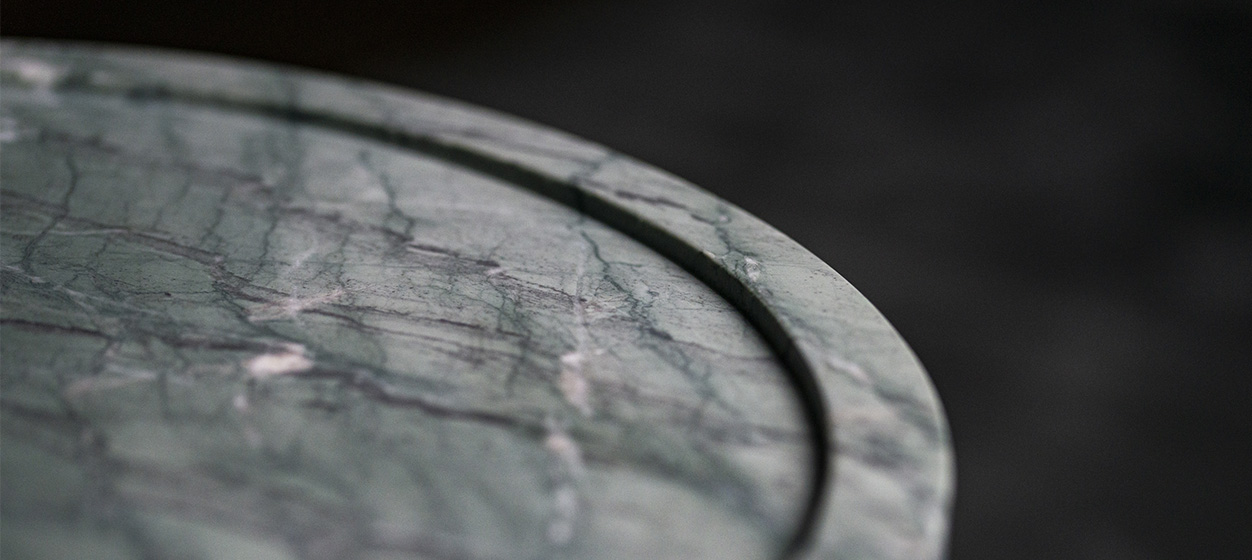The Hamptons spirit
Just over two hours from Manhattan, at the northeastern tip of Long Island, the Hamptons stretch out with endless beaches and a series of villages once inhabited by whalers and farmers. Now transformed into luxurious holiday destinations, these areas—Bridgehampton, Southampton, East Hampton, Montauk, and Sagaponack—remain among the most coveted addresses on the East Coast. Their enduring appeal lies in a remarkable ability to preserve authenticity and understated living amidst exceptional natural beauty.
This summer, Liaigre takes up residence at Frampton Co’s Exhibition The Barn in Bridgehampton with a temporary space open from August 1st to 25th, showcasing some of the studio’s iconic creations and celebrating a style that perfectly echoes the spirit of the Hamptons.
Just over two hours from Manhattan, at the northeastern tip of Long Island, the Hamptons stretch out with endless beaches and a series of villages once inhabited by whalers and farmers. Now transformed into luxurious holiday destinations, these areas—Bridgehampton, Southampton, East Hampton, Montauk, and Sagaponack—remain among the most coveted addresses on the East Coast. Their enduring appeal lies in a remarkable ability to preserve authenticity and understated living amidst exceptional natural beauty.
This summer, Liaigre takes up residence at Frampton Co’s Exhibition The Barn in Bridgehampton with a temporary space open from August 1st to 25th, showcasing some of the studio’s iconic creations and celebrating a style that perfectly echoes the spirit of the Hamptons.
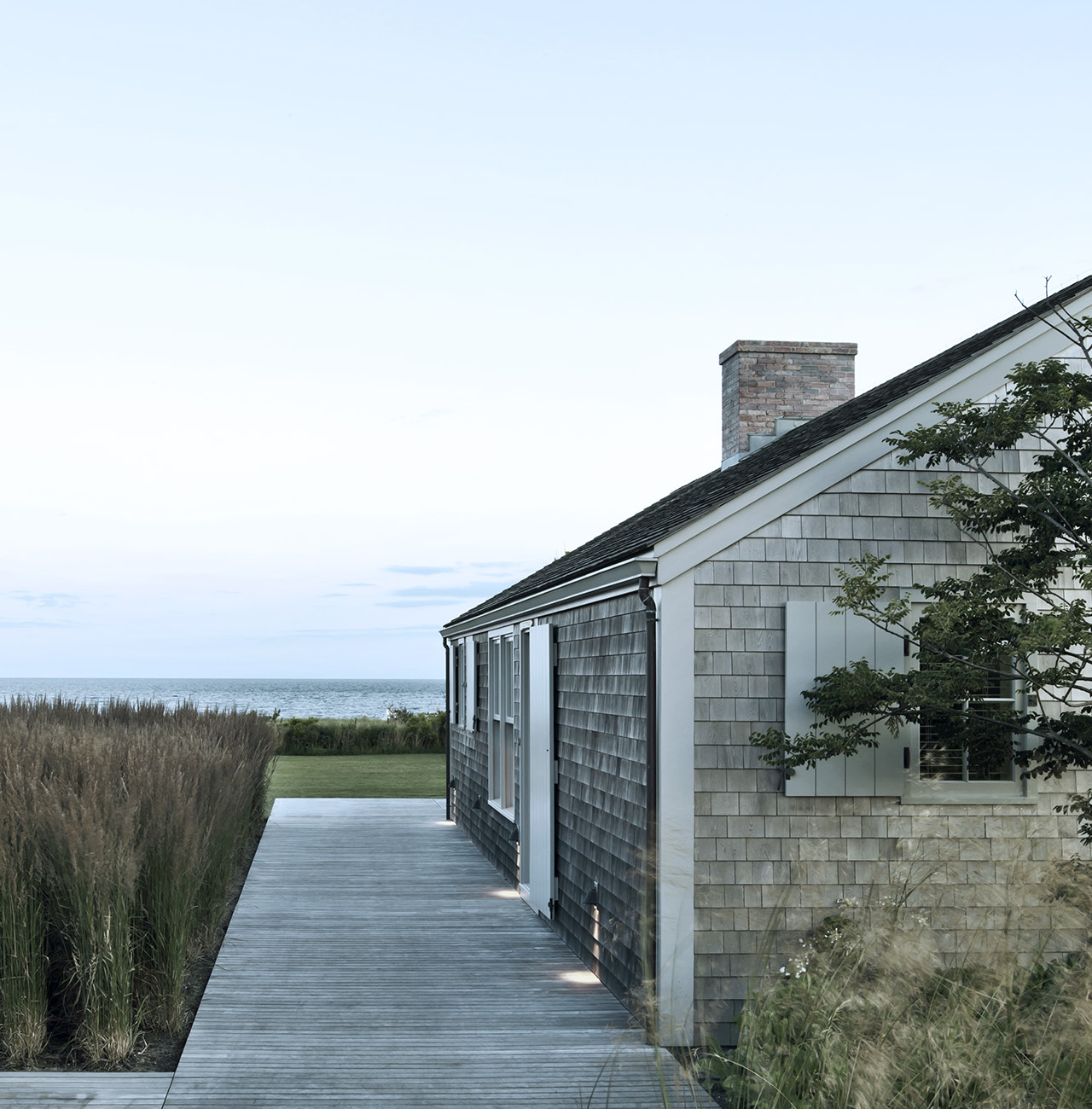
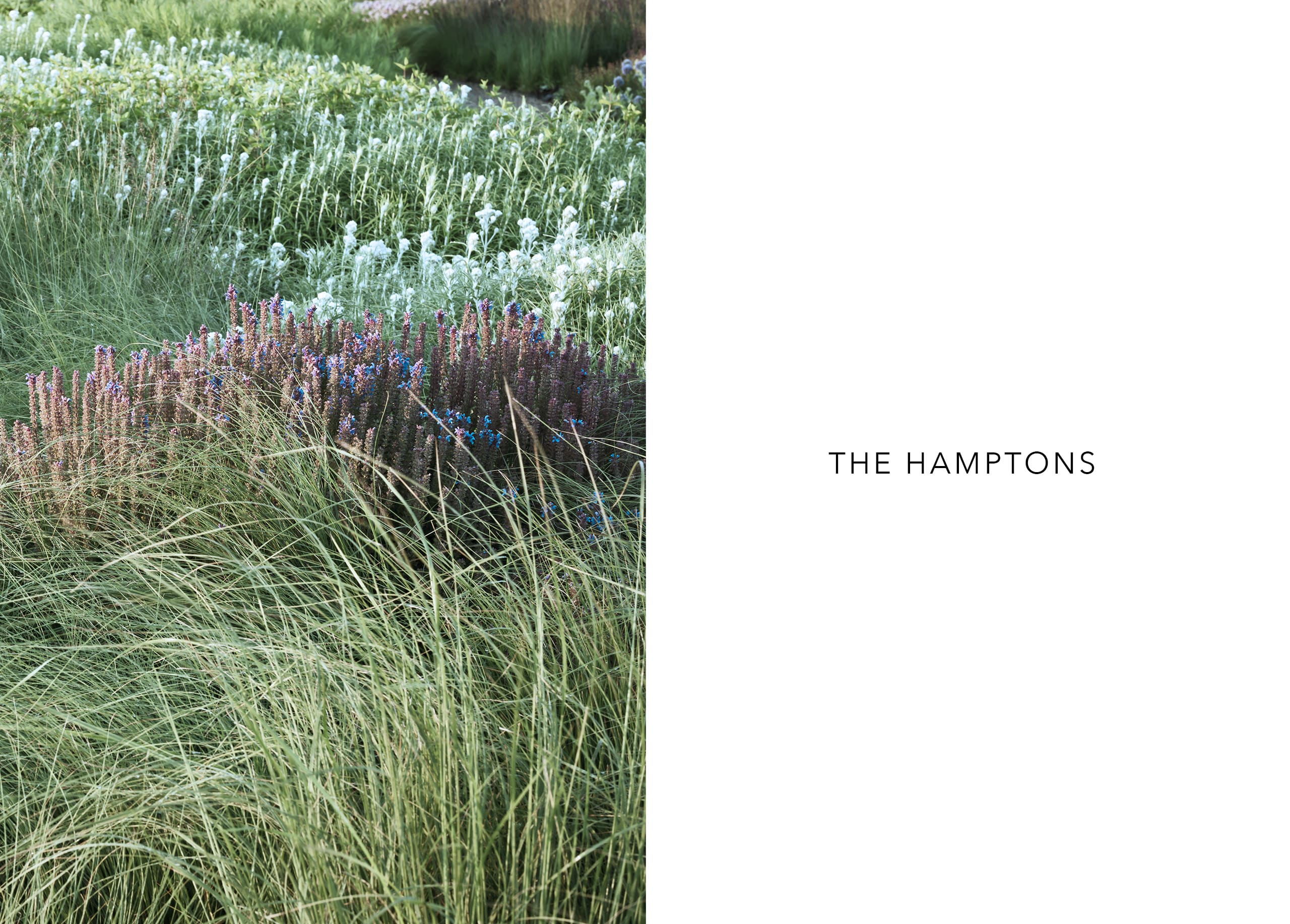
The Hamptons began gaining fame in the early 20th century. Until the 1920s, the villages along this Atlantic-bathed peninsula relied mainly on potato farming and fishing. Back then, the Hamptons were a quiet succession of farms, fishermen’s cottages, open fields, and long beaches fringed with dunes—a landscape full of charm. This modest yet majestic nature soon attracted wealthy families, mostly from New York, who built the first grand seaside villas to spend their summers. These newcomers gradually shaped a new social scene: sports such as horse riding, polo, golf, tennis, and swimming flourished, as did a cultural and social life punctuated by charitable events. By the 1940s, artists in search of expansive, inspiring environments began settling in the Hamptons or visiting frequently. Painters Jackson Pollock and Lee Krasner moved into a converted farm, followed in the 1950s and ’60s by Willem de Kooning, Mark Rothko, Franz Kline—and eventually Roy Lichtenstein, who relocated from New York to a spacious home-studio in Southampton. These artists welcomed guests into their studios, and in doing so, drew in wealthy collectors, dealers, fashion designers, photographers, and architects. The region’s charm,
boosted by its proximity to New York, won them over. In 1972, Andy Warhol purchased a vast estate overlooking the Atlantic in Montauk at the far end of the peninsula.
It consisted of a cluster of white wooden houses with slate roofs, originally built in the 1930s by a fishing enthusiast for summer stays. That same summer, Warhol hosted friends like Jackie Onassis and her sister Lee Radziwill (with their families), photographer Peter Beard, writer Truman Capote, filmmaker Elia Kazan, designer Roy Halston, and the Rolling Stones. Lavishly photographed and widely documented, this glamorous summer retreat helped cement the Hamptons’ reputation as a haven for artists, celebrities, industry leaders, and an intellectual elite who created a kind of contemporary Café Society. In the 2000s, and especially during the pandemic, this allure only intensified. Today, the Hamptons remain a discreet yet chic sanctuary for international elites and celebrities who appreciate the genuine character of a place that has retained its soul.
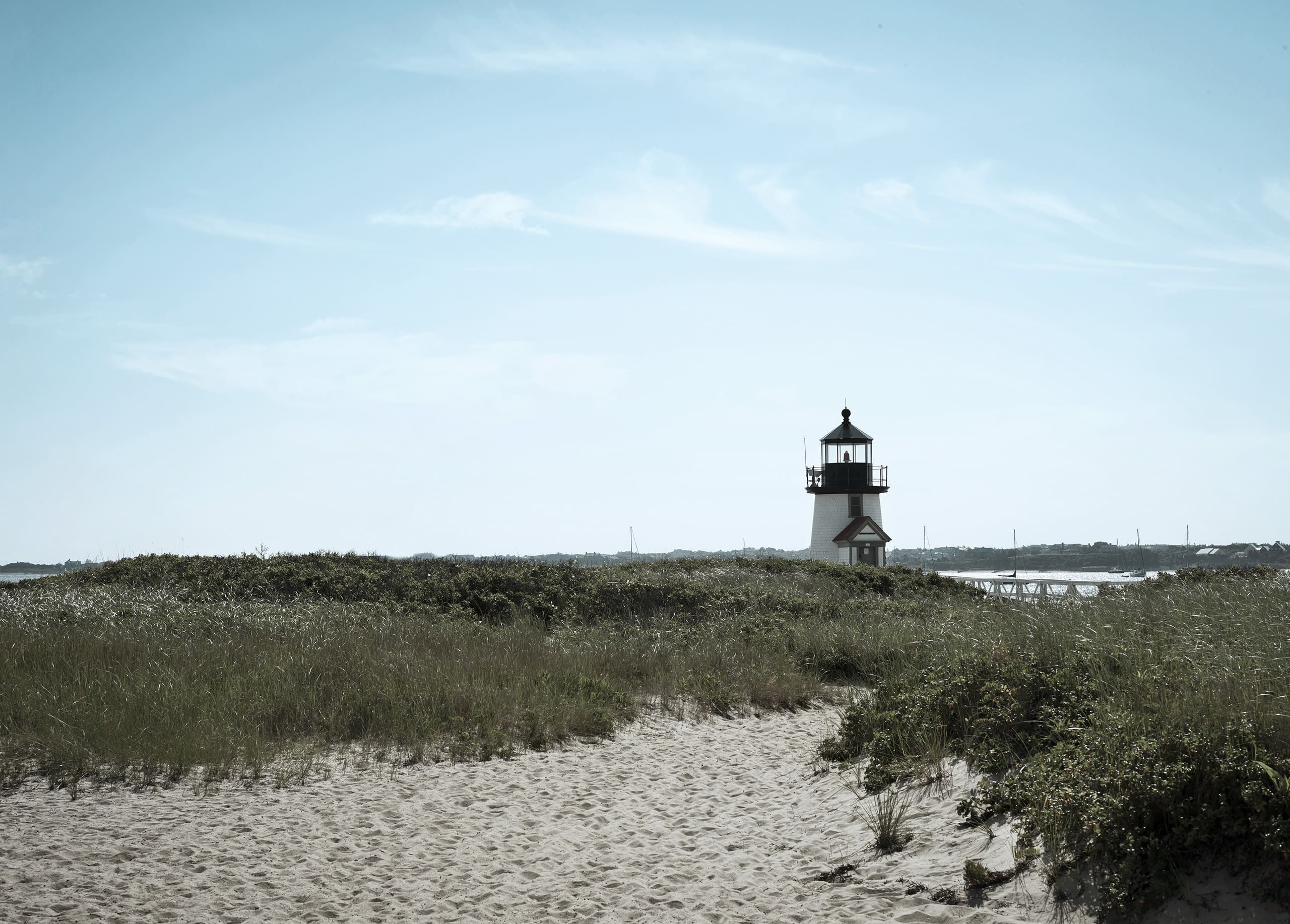
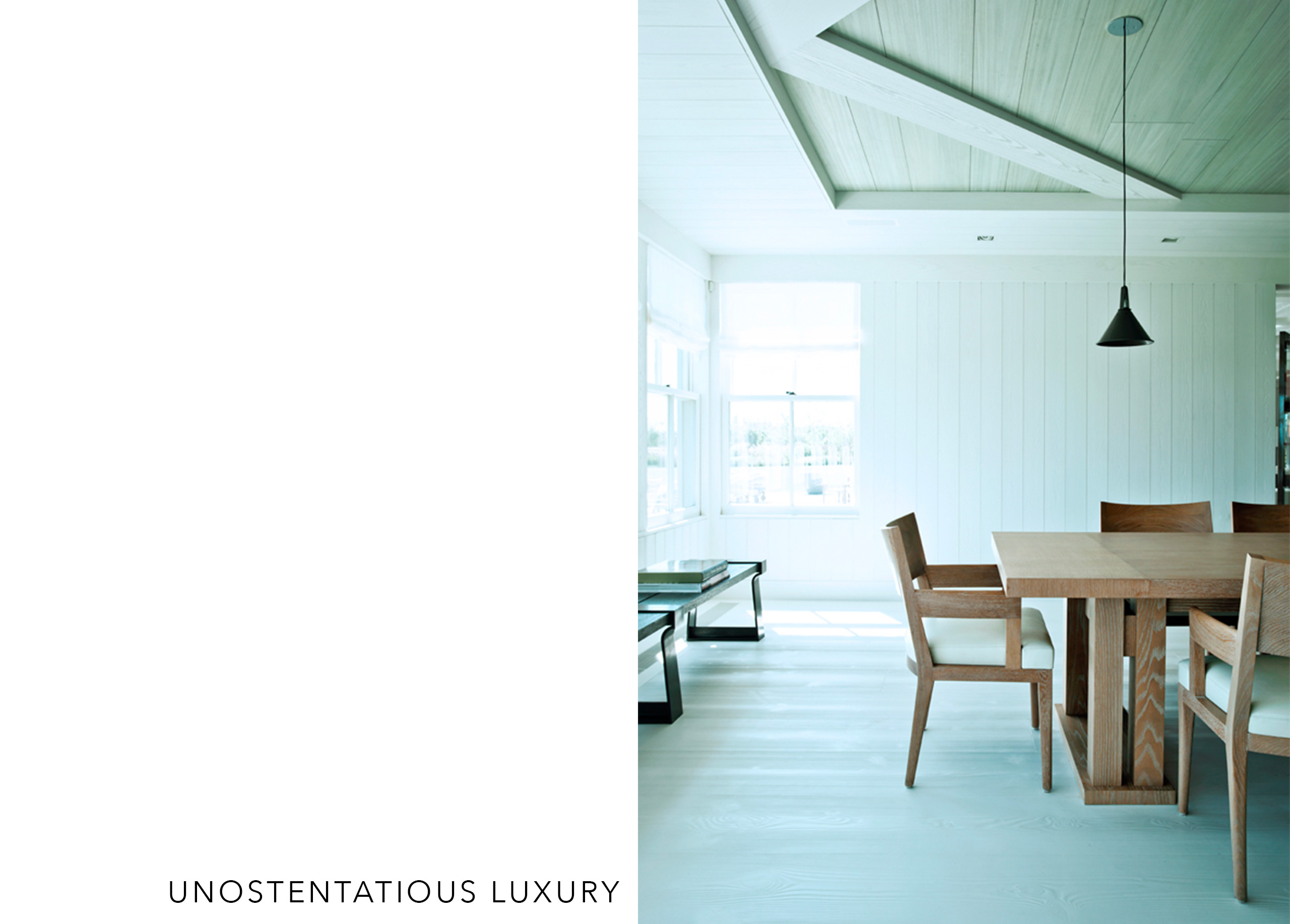
Far from New York’s hectic pace, the Hamptons offer a rhythm aligned with nature—a slow life in an authentic setting. The affluent summer clientele has gradually cultivated its own codes. The villages have preserved their charm, avoiding aggressive renovations, and the elegant events—such as the Hampton Classic Horse Show, one of the biggest summer equestrian competitions in the U.S.—unfold in a preppy-chic atmosphere that values discretion. Summers here follow one another in a sporty, family-friendly, and restful mood. Daily life aligns with this tone: in both old and new homes, the interior decor favors natural materials and refined relaxation. Between ocean and lush countryside, the atmosphere is one of comfortable simplicity. The style and values of Liaigre find a natural, harmonious place here.
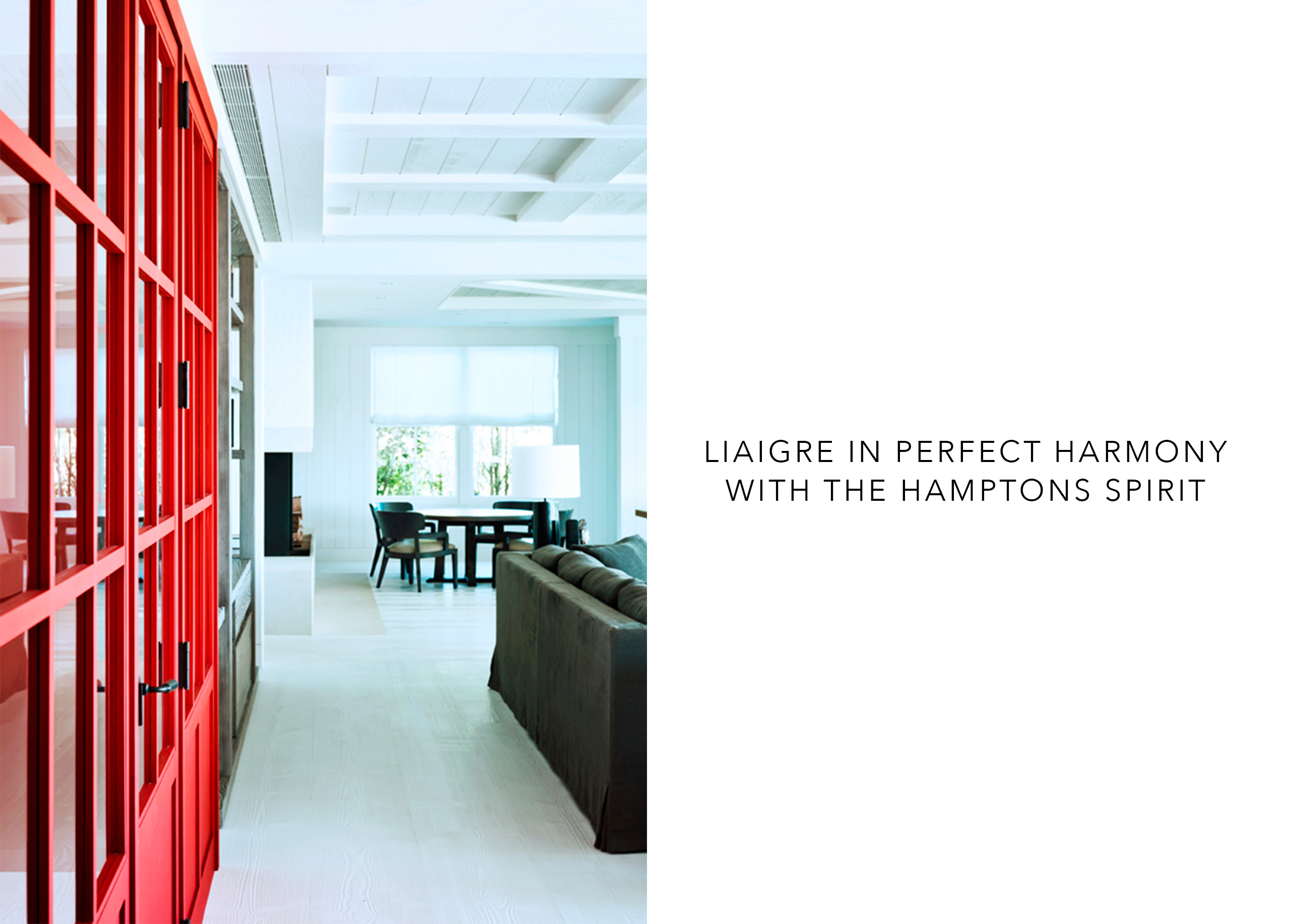
Liaigre’s creations are perfectly in tune with this environment. Through numerous vacation home projects across the world—including several in the Hamptons—Christian Liaigre, and now Studio Liaigre, have articulated and continuously enriched the language of a style grounded in noble and natural materials, a love of pure lines, and authenticity paired with a commitment to lasting quality. Their definition of luxury lies in the countless subtle details that make all the difference. Bathed in the beautiful Hamptons light, the clear lines so emblematic of the House and the elegant simplicity of Liaigre’s creations perfectly reflect the local spirit. Clarity in layouts, openness to nature, and light tones accented with touches of bold color (red, yellow, blue) echo the surrounding landscape. At the Bridgehampton popup store, the selection of furniture, lighting, and accessories expresses the essence of the Liaigre style: generously proportioned sofas and armchairs, dining and side tables, floor lamps, lanterns, and rugs—all contribute to a lifestyle whose refinement has been key to its success.
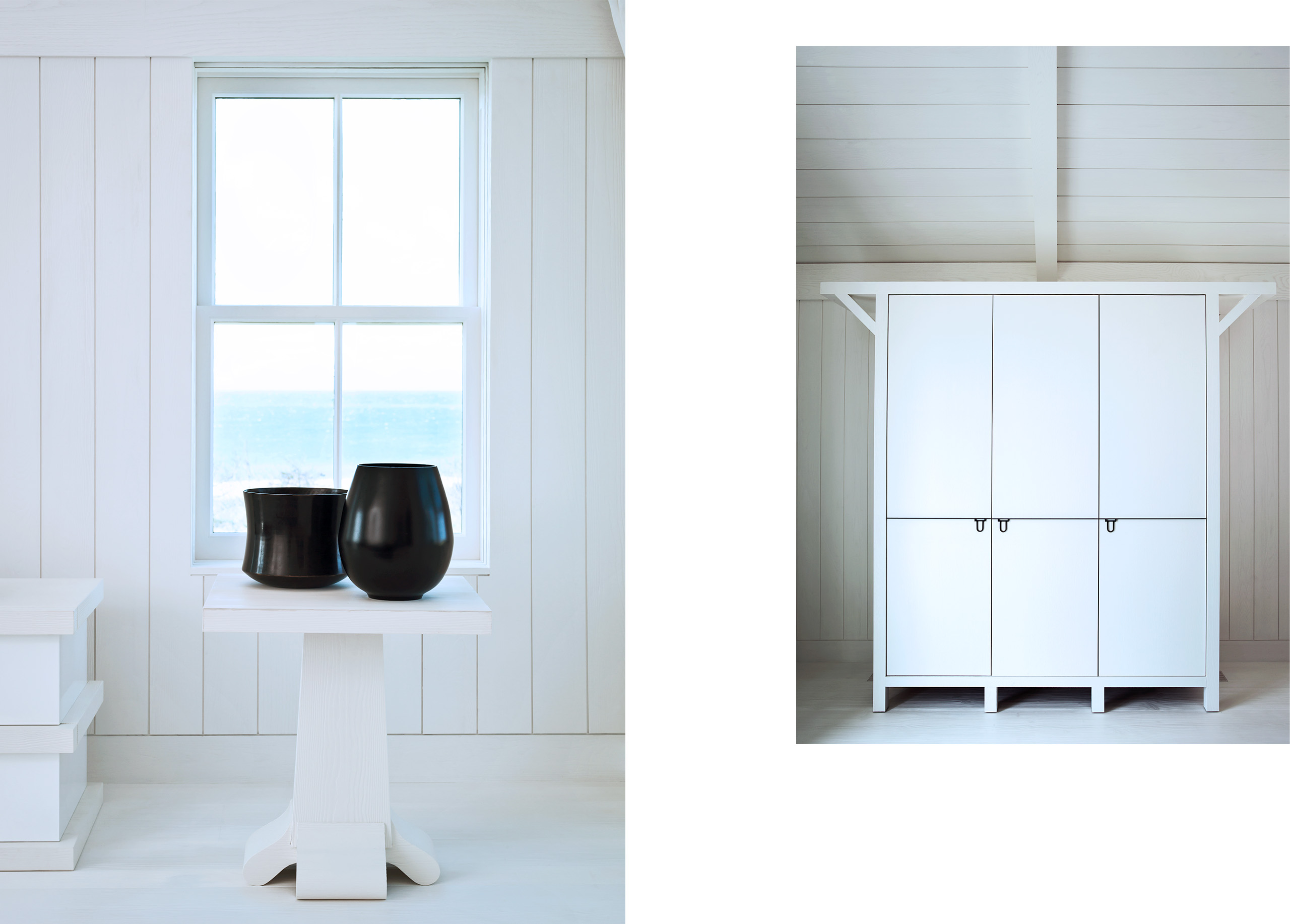
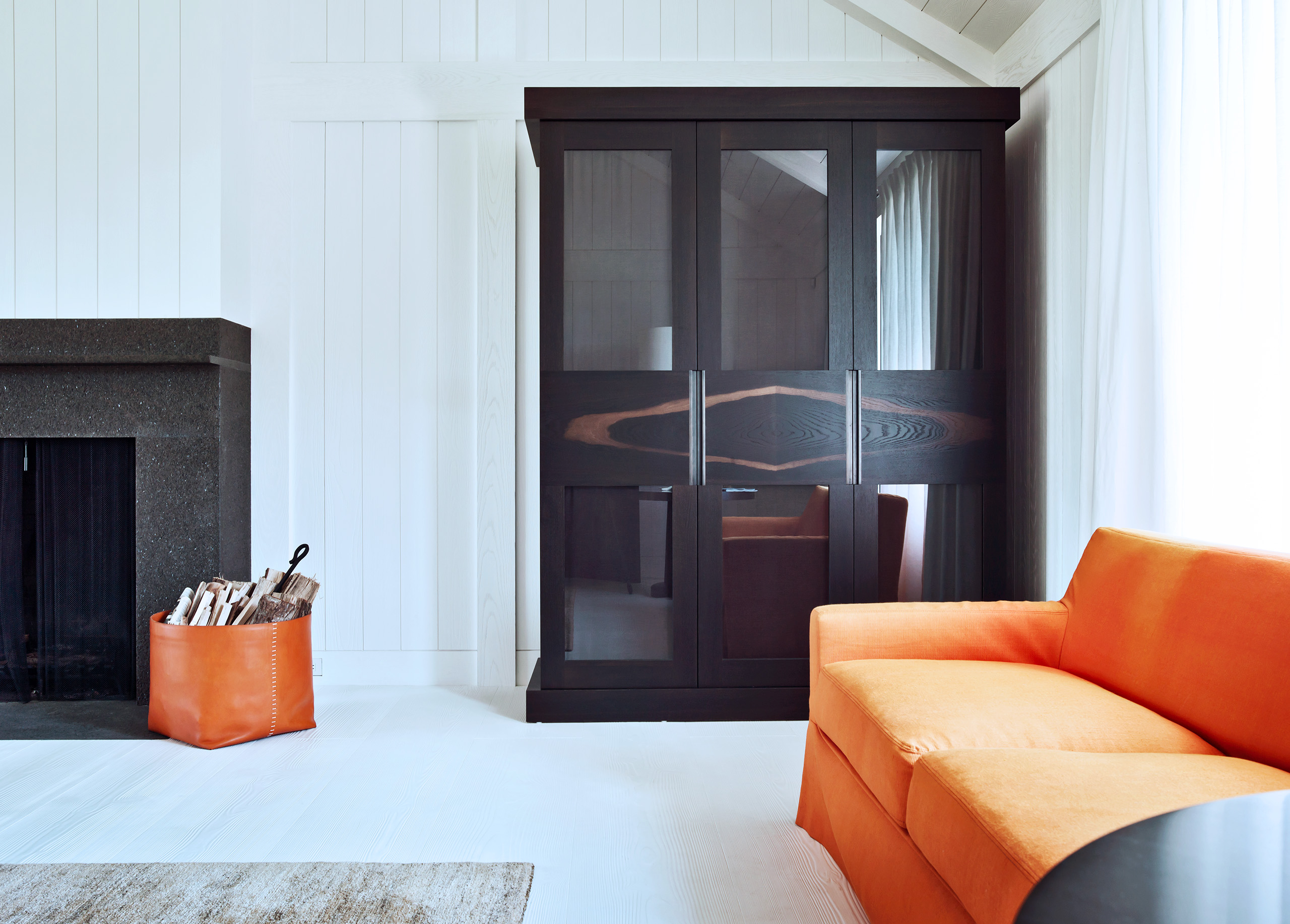
Exhibition The Barn
Frampton Co
141 Maple Lane
Bridgehampton, New York
